The Pyramids have a rival – monumental stone sculptures pop up in Giza
On the Giza Plateau, as part of Art d’Egypte’s ‘Forever is Now 05’, Studio Proba and SolidNature unveil sculptures celebrating geological colour, structural ingenuity and calibrated form
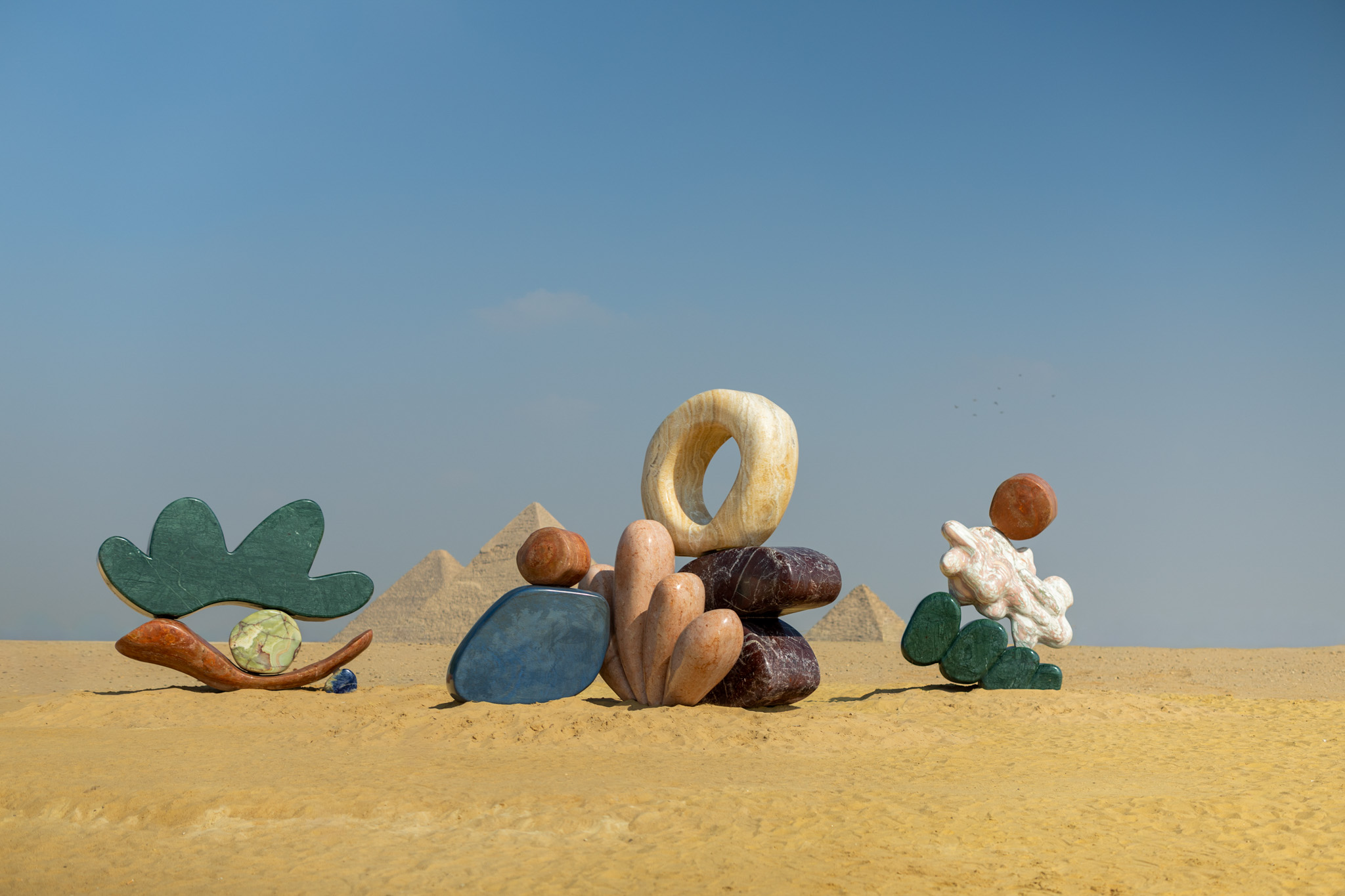
On the Giza Plateau, three large-scale stone compositions are in dialogue with the desert. The temporary installation, Echoes of the Infinite, is the work of designer and art director Alex Proba and natural stone company SolidNature as part of ‘For Forever is Now 05’ (until 6 December 2025), the fifth annual exhibition of outdoor art beside the Pyramids curated by Art D’Égypte.
‘Forever Is Now 05’: art and the Giza Pyramids

Each formation by Proba curves towards the horizon in a sequence of soft, continuous gestures: a portal, an abstracted Eye of Horus (an ancient Egyptian symbol), a shallow concave plane. Carved from marble, onyx, travertine and quartzite, the sculptures register the day’s movement through shifts of translucency and tone in the heat and light, making the work a collaboration with the Earth itself.
'These stones already hold millions of years of emotion in their veins,' she says. 'My role was not to impose colour but to listen to it, allowing the forms to flow with the rhythm of each stone’s pattern.'

The compositions hint at ancient emblems, yet Proba approaches form through intuition rather than symbol. Circles and continuous curves recur across her practice as shapes that feel inevitable in themselves, free of overt reference, gestures with emotional resonance that remain open to interpretation. 'I’m drawn to forms that feel alive,' she explains. 'The viewer can decide whether they’re stepping through an eye, an orbit, a horizon or a memory. That ambiguity is part of the invitation.'
‘The Pyramids made me want to whisper rather than be loud’
Alex Proba
Working in stone altered the energy of her visual language. What is often playful became slower and more contemplative. 'The softness remained,' she reflects, 'but the weight of time gave it a new gravity.' Standing before the Pyramids also reshaped her approach. 'The Pyramids made me want to whisper rather than be loud,' she notes. Her aim was not to compete with scale, but to place something that felt as though it belonged, as if it had emerged from the desert itself.
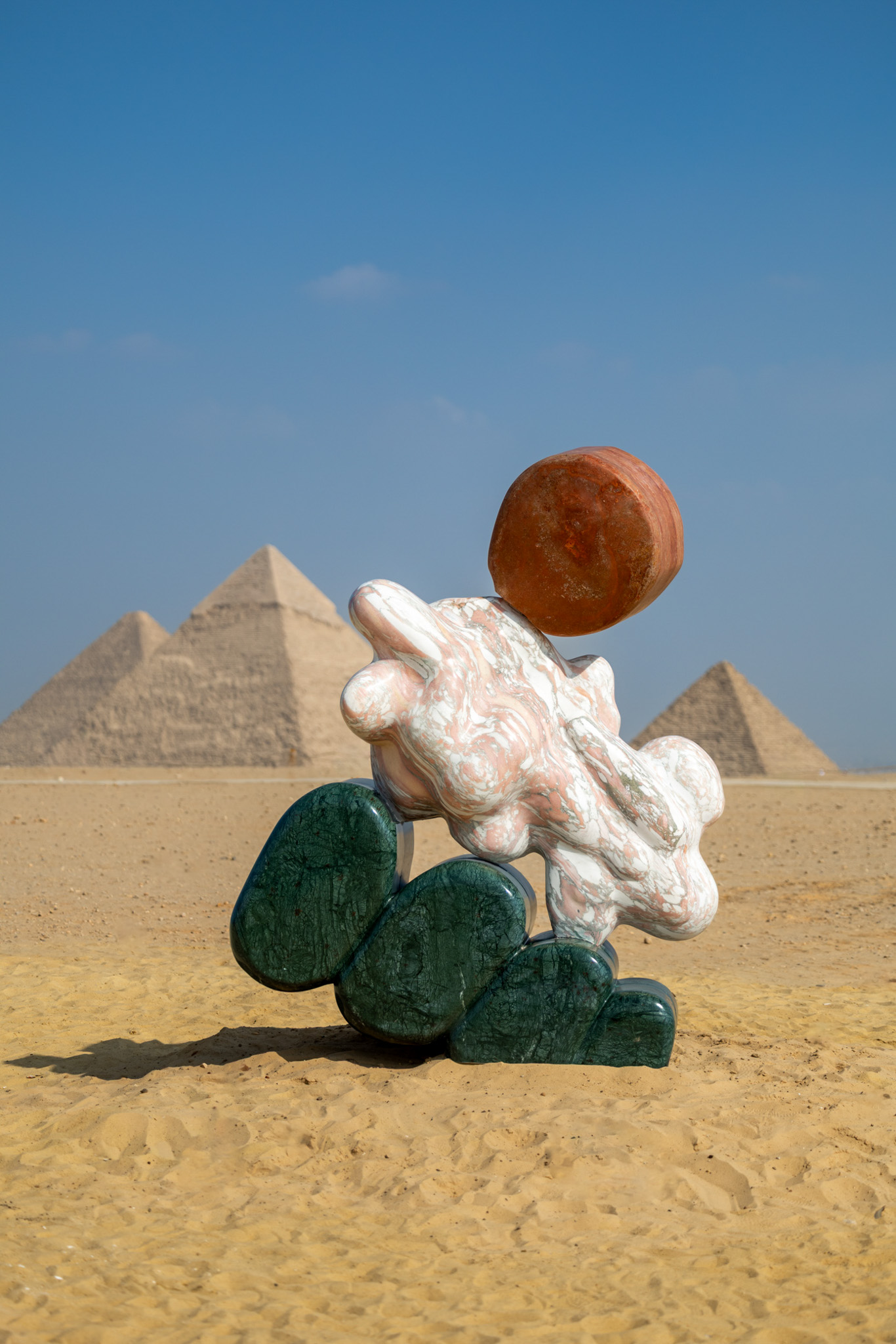
To bring these gestures into monumental form, Proba collaborated with Solid Nature, the Amsterdam-based stone specialist known for its experimental work with OMA and Sabine Marcelis.
Under CEO David Mahyari’s direction, the fabrication became an exercise in structural problem-solving. The sculptures appear to hover lightly above the sand, yet the installation weighs around 20 tonnes. Achieving this visual lightness required an internal construction hidden entirely within the stone. 'The challenge was letting the forms seem to float without altering Alex’s design,' Mahyari explains. 'We had to find ways to counter the natural weight of the material, especially in the portal and the lashes of the Eye of Horus.'
Receive our daily digest of inspiration, escapism and design stories from around the world direct to your inbox.
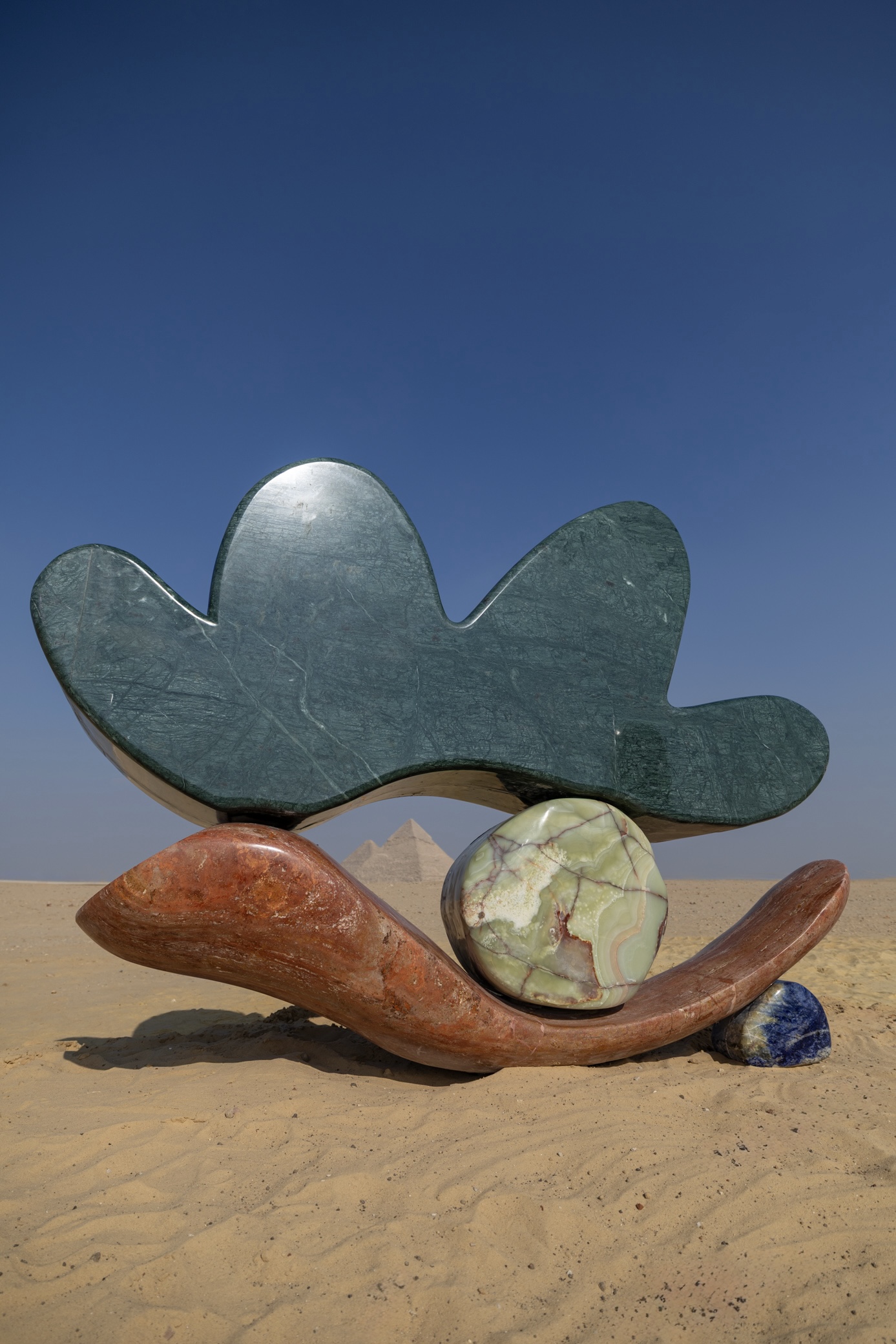
Because nothing could be built directly on site, all components were pre-fabricated. Transport limitations meant hollowing parts of the stone from within to reduce weight, producing some sections fully off-site and shaping others for final assembly in the desert. Each sculpture is composed of two major stone parts bonded around a central support structure. The adhesive had to withstand an extreme climate, expanding and contracting with the desert’s dramatic temperature shifts while holding the overall mass securely. Beneath each form lies a custom-engineered steel platform, buried under the sand to distribute weight across the uneven ground. The platforms had to remain visually discreet yet structurally decisive.
‘The challenge was letting the forms seem to float without altering Alex’s design. We had to find ways to counter the natural weight of the material’
David Mahyari, CEO of SolidNature
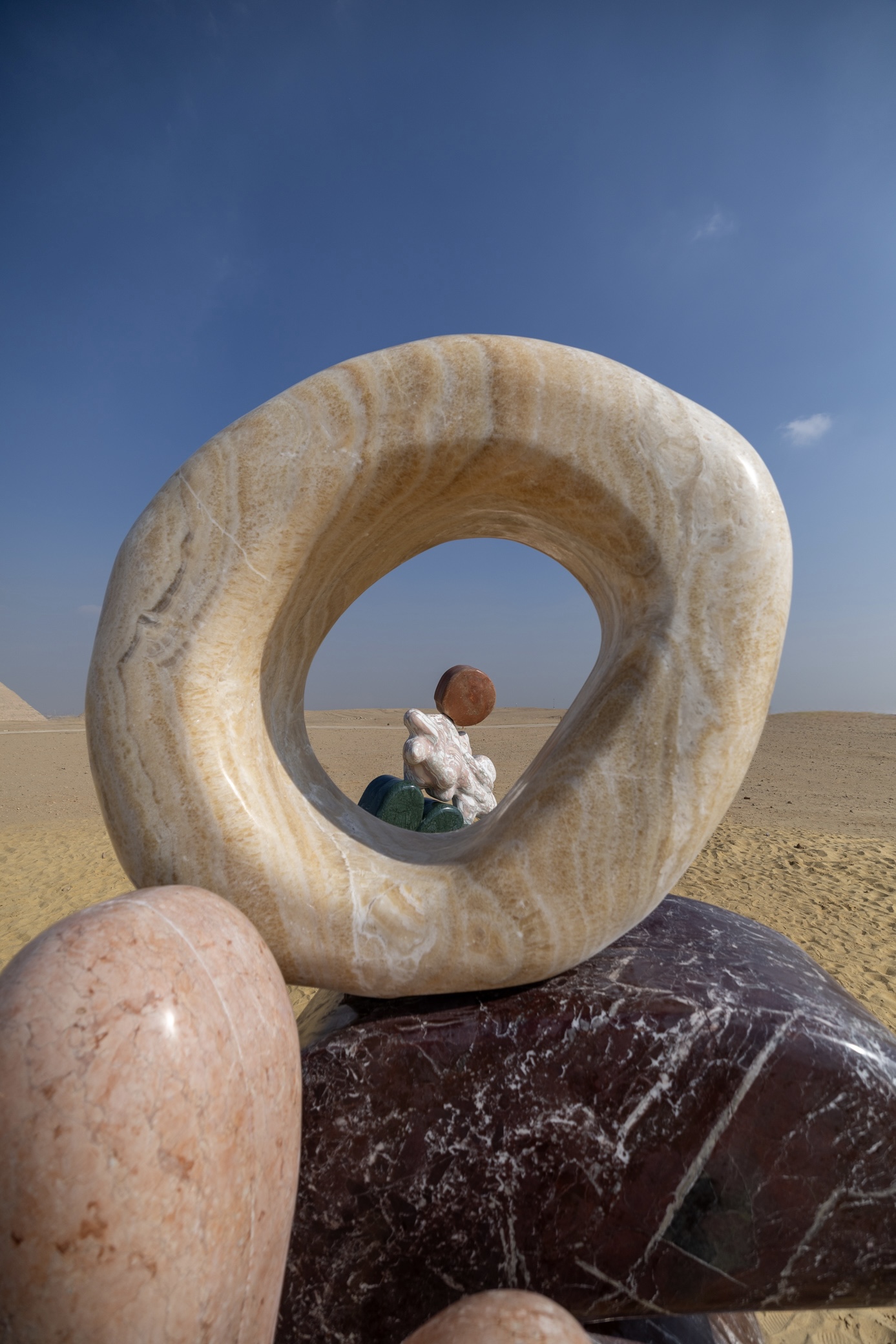
Material selection was equally exacting. Blocks were chosen without natural fault lines or cavities, preserving the fluidity of Proba’s forms. Travertine was cut across the grain for strength, resisting the stone’s natural tendency to split along its layers. For the onyx at the centre of the Eye of Horus, Solid Nature selected a cross-cut orientation, revealing a cloudy, organic pattern that echoes Proba’s curves and sits in quiet dialogue with the geometric precision of the Pyramids.
‘The veining, the fractures, the mineral patterns are traces of millions of years. Carving becomes a continuation rather than a rewrite’
Alex Proba
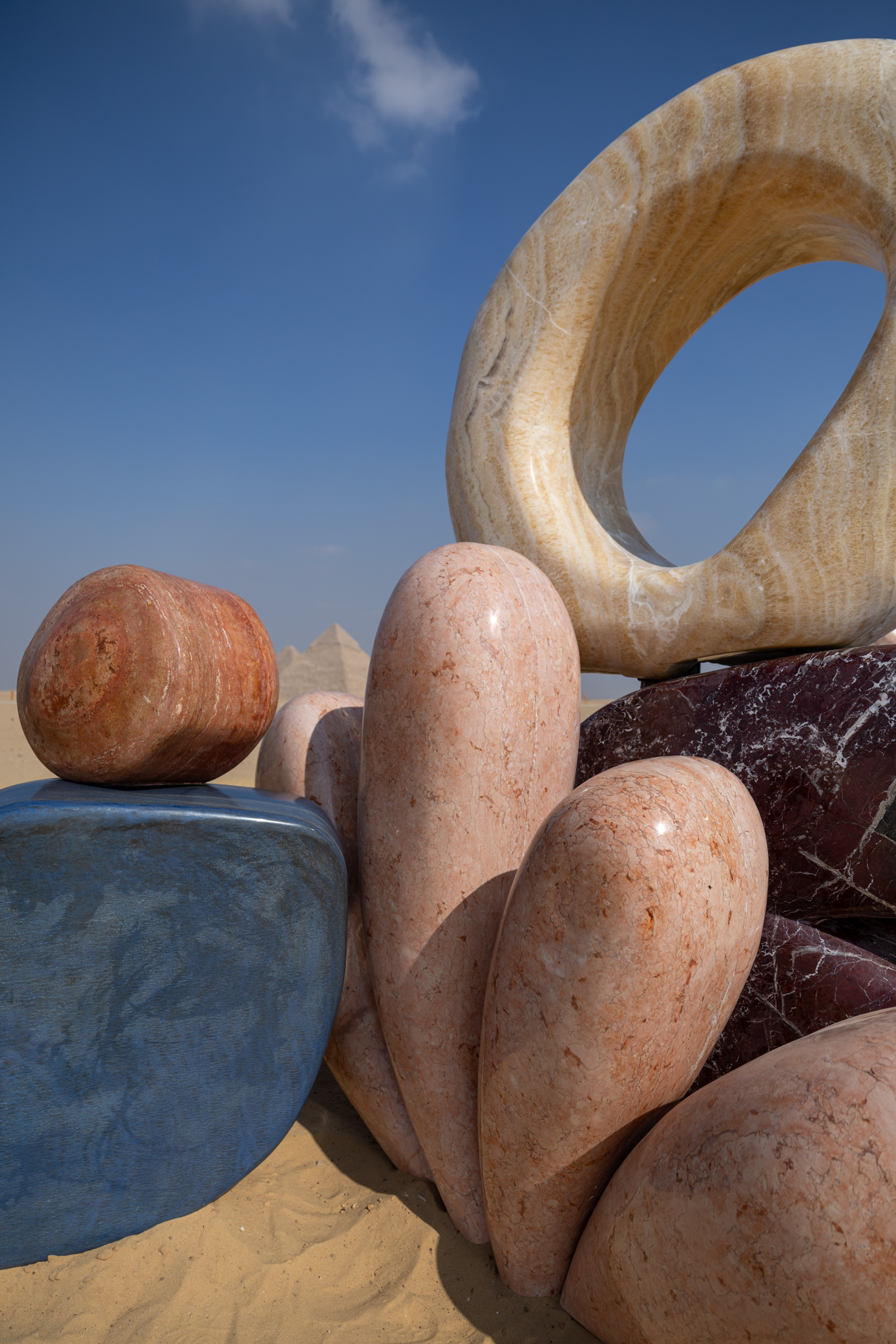
These decisions underscore the project’s conceptual core: a meeting between geological time and contemporary gesture. Proba often describes stone as memory made visible. 'Memory here is very literal,' she says. 'The veining, the fractures, the mineral patterns are traces of millions of years. Carving becomes a continuation rather than a rewrite.'
Working with a material that may outlast countless generations reshaped her sense of design’s lifespan. It also introduced an ecological dimension that felt clarifying. 'Making sculpture from the Earth’s own material changes how you think about impact,' she notes. 'It feels more responsible, more connected.'
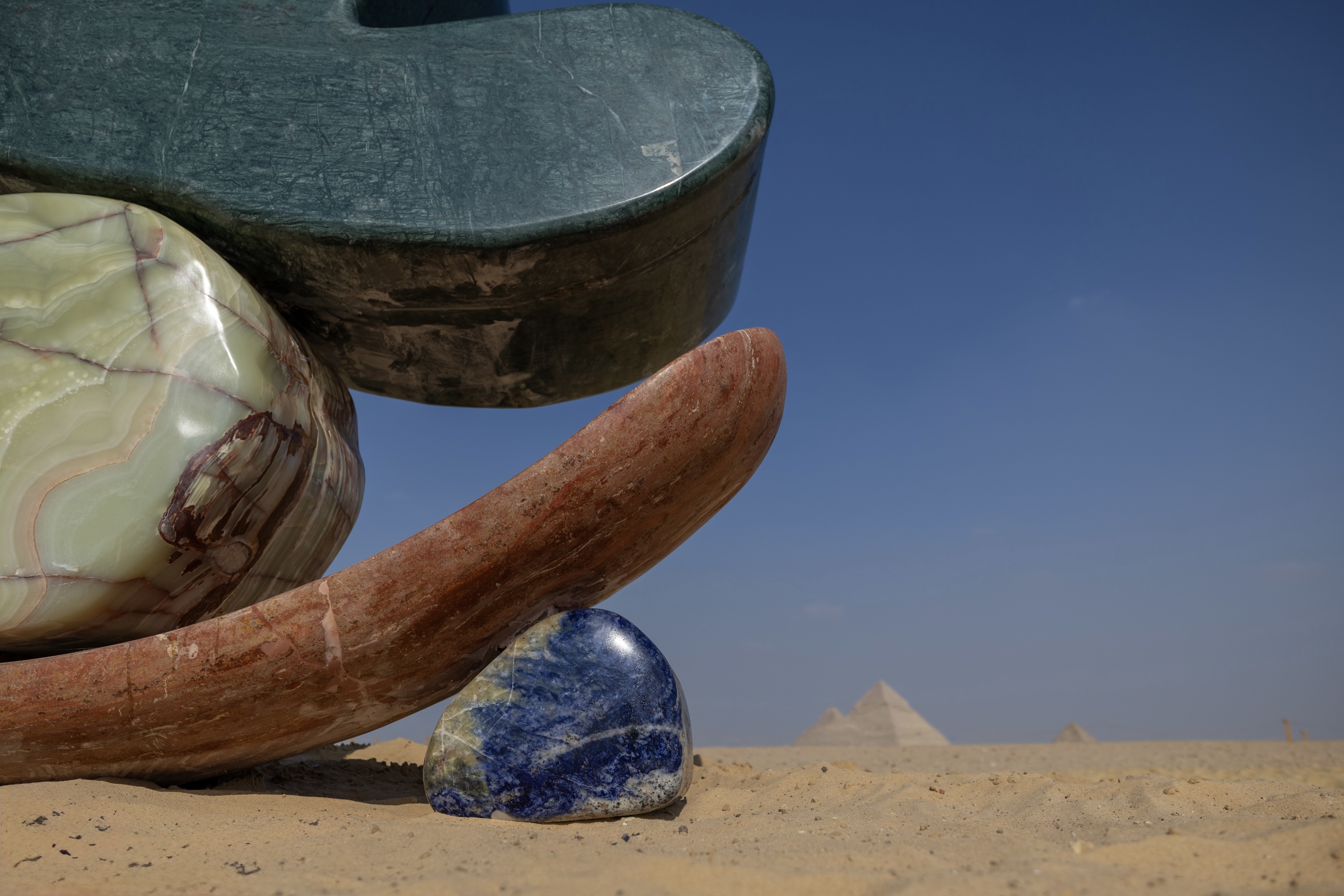
As the sun moves, the sculptures act as instruments of measure. The portal frames the pyramids from certain angles; the Eye of Horus abstracts ancient symbolism into a contemporary flow; the concave plane receives the horizon as though holding it in its bowl. Proba describes seeing the sculptures arrive on site as a moment of recognition. 'They looked as though they had grown from the desert sand,' she says. 'As if the site had been waiting for them.'
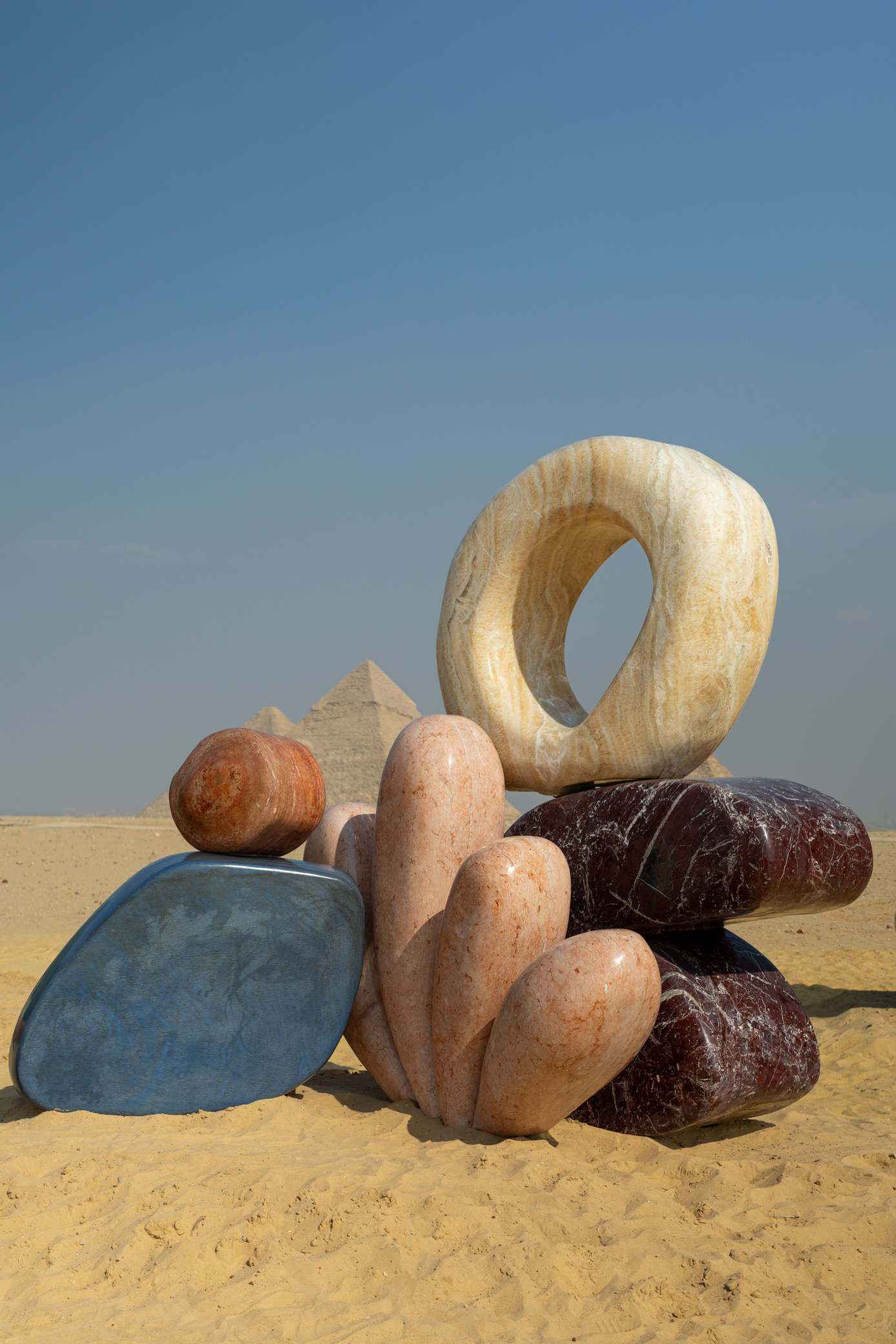
At Giza, Echoes of the Infinite sits with a calm that belies its complexity. The three sculptures align with the three Pyramids as though the site had anticipated their arrival, yet their presence rests on months of blue-sky engineering: hollowed stone, concealed steel, calibrated joints and surfaces tuned to heat and wind. What emerges is a study in how mineral colour, geological time and contemporary form can meet without strain. The work holds its place airily, as though carved from the desert, its origin reading as geological, its logistics effectively invisible.
‘Forever is Now .05’ is on view until 6 December 2025,
Giza Plateau, Cairo
Reeme Idris is an Irish-Sudanese writer based in London. Her work examines how art, design, and travel intersect, often offering nuanced reflections on the role creativity and material culture play in shaping lived experience.
-
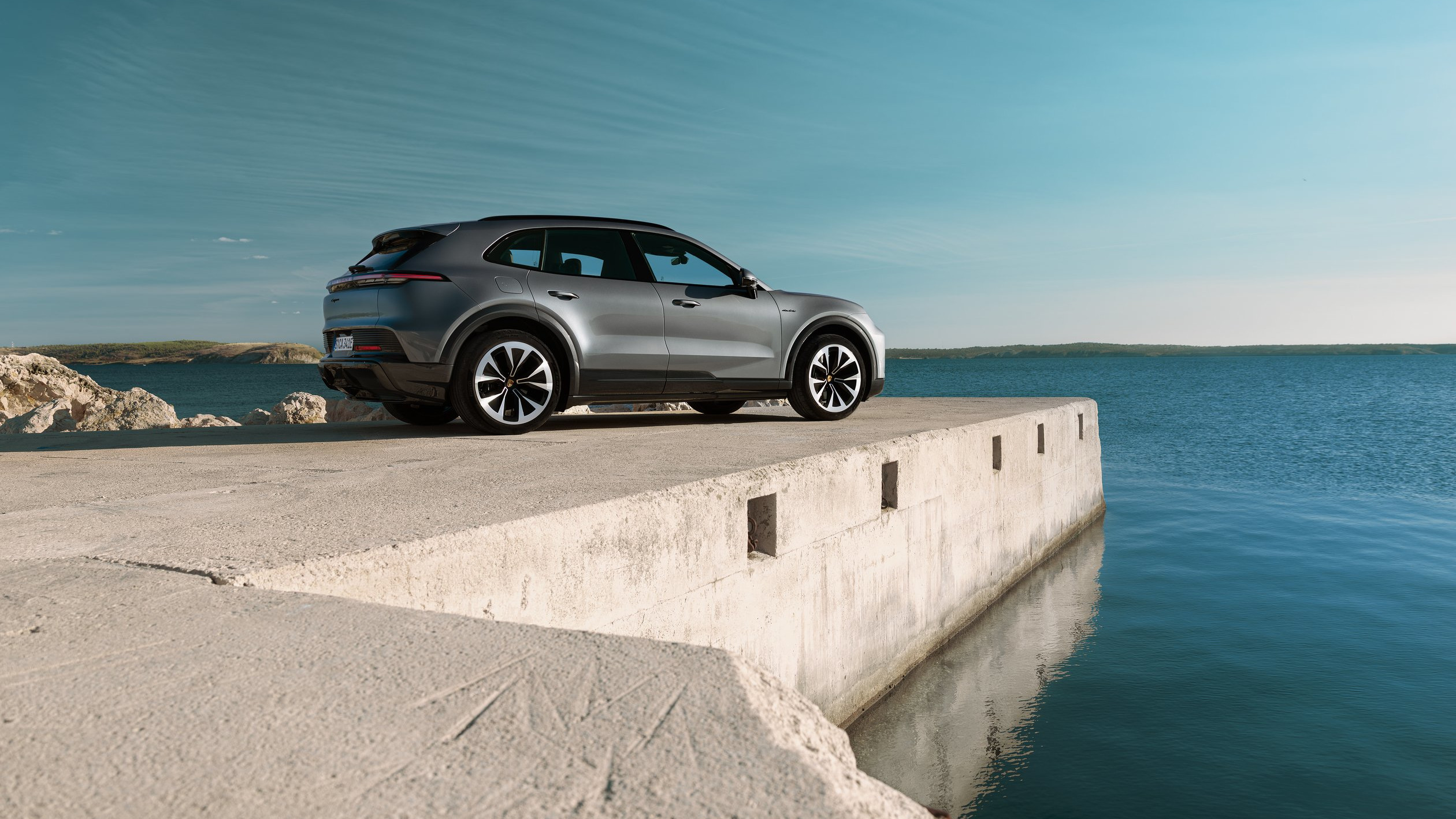 New Porsche Cayenne Electric makes a case for a sporting life with lashings of technology
New Porsche Cayenne Electric makes a case for a sporting life with lashings of technologyThe next-gen Cayenne gets its first all-electric model, a mighty SUV that’s also the first Porsche with wireless charging
-
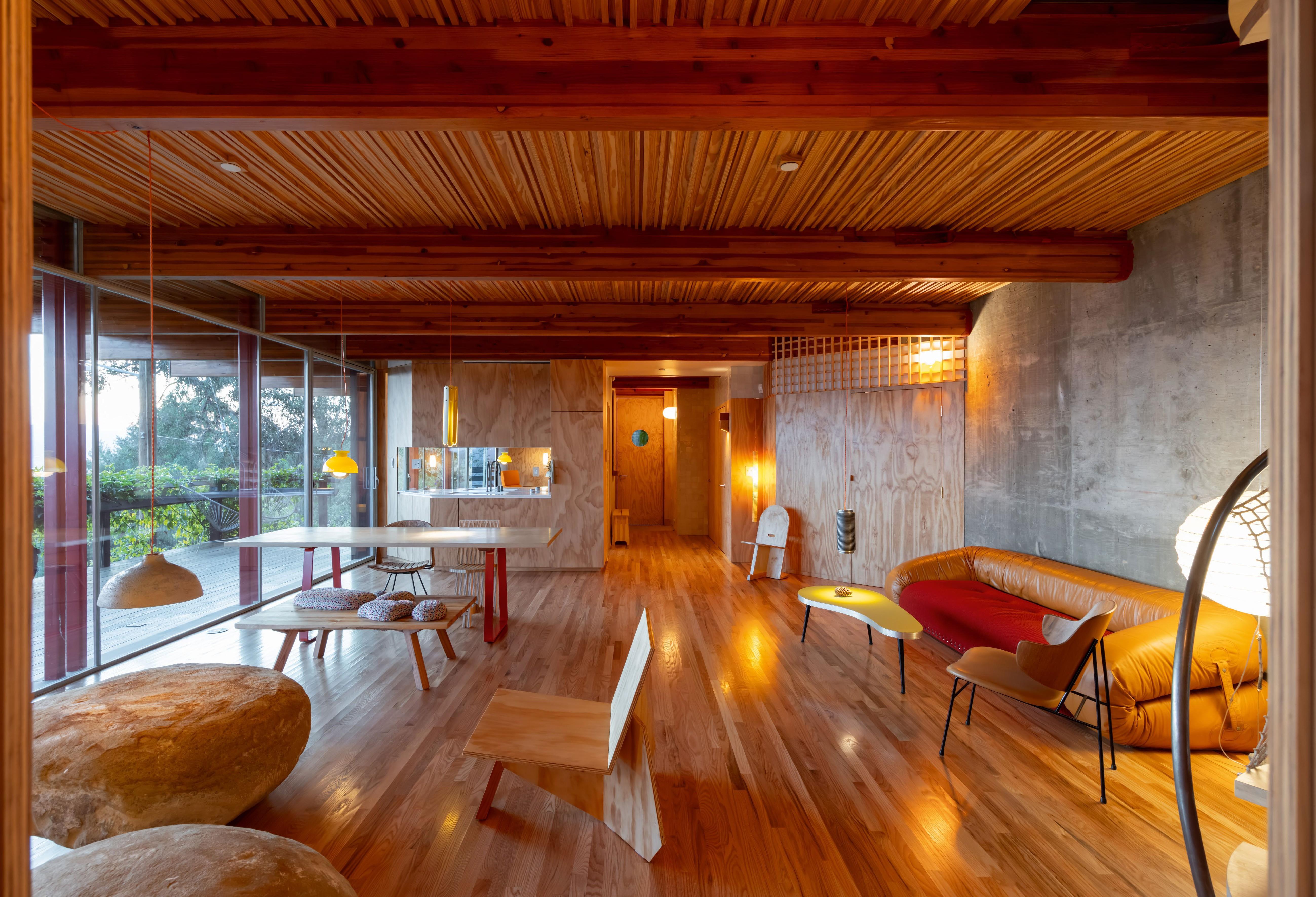 Tour Cano House, a Los Angeles home like no other, full of colour and quirk
Tour Cano House, a Los Angeles home like no other, full of colour and quirkCano House is a case study for tranquil city living, cantilevering cleverly over a steep site in LA’s Mount Washington and fusing California modernism with contemporary flair
-
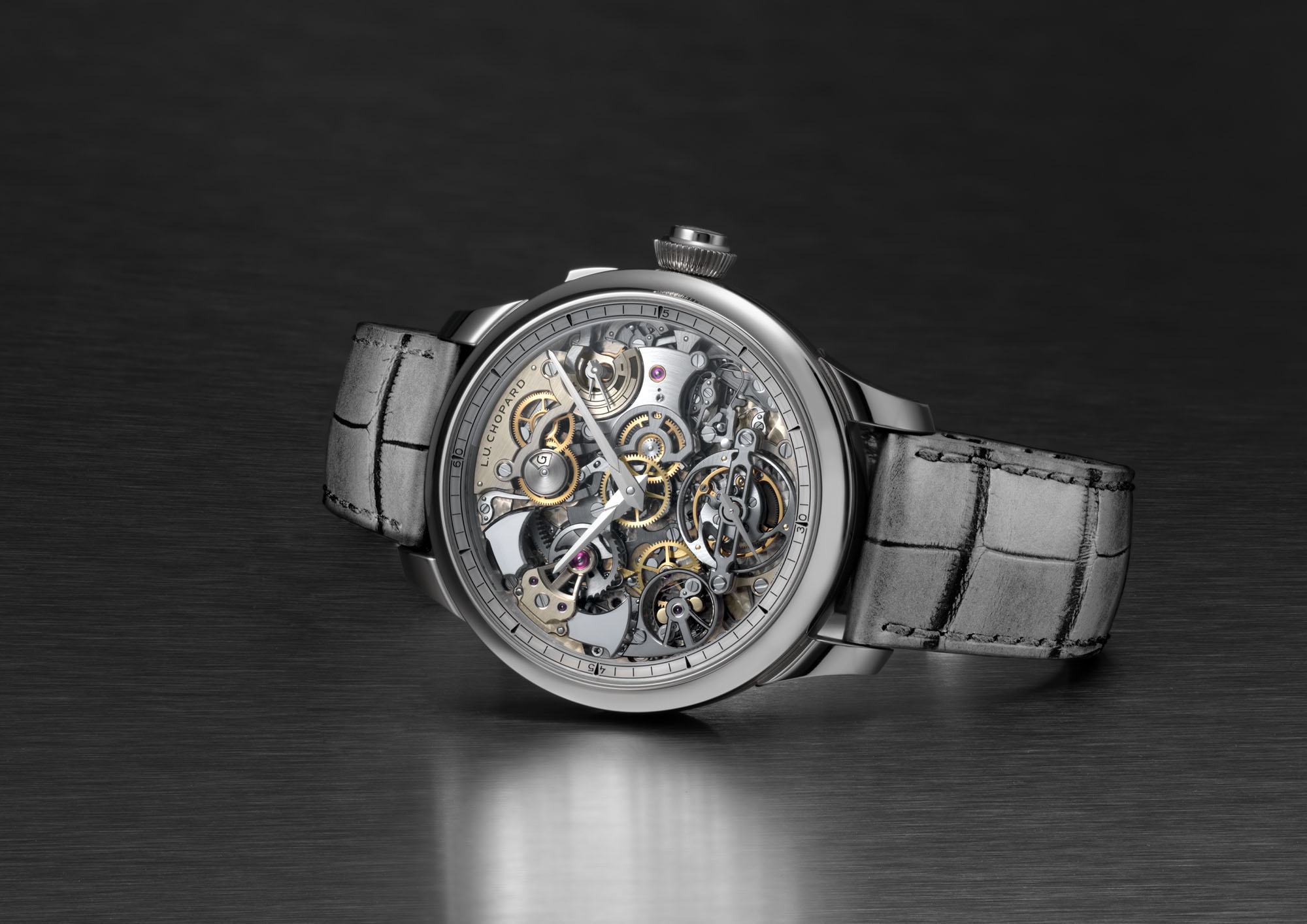 At Dubai Watch Week, brands unveil the last new releases of the year
At Dubai Watch Week, brands unveil the last new releases of the yearBrands including Chopard, Louis Vuitton, Van Cleef & Arpels present new watches at Dubai Watch Week
-
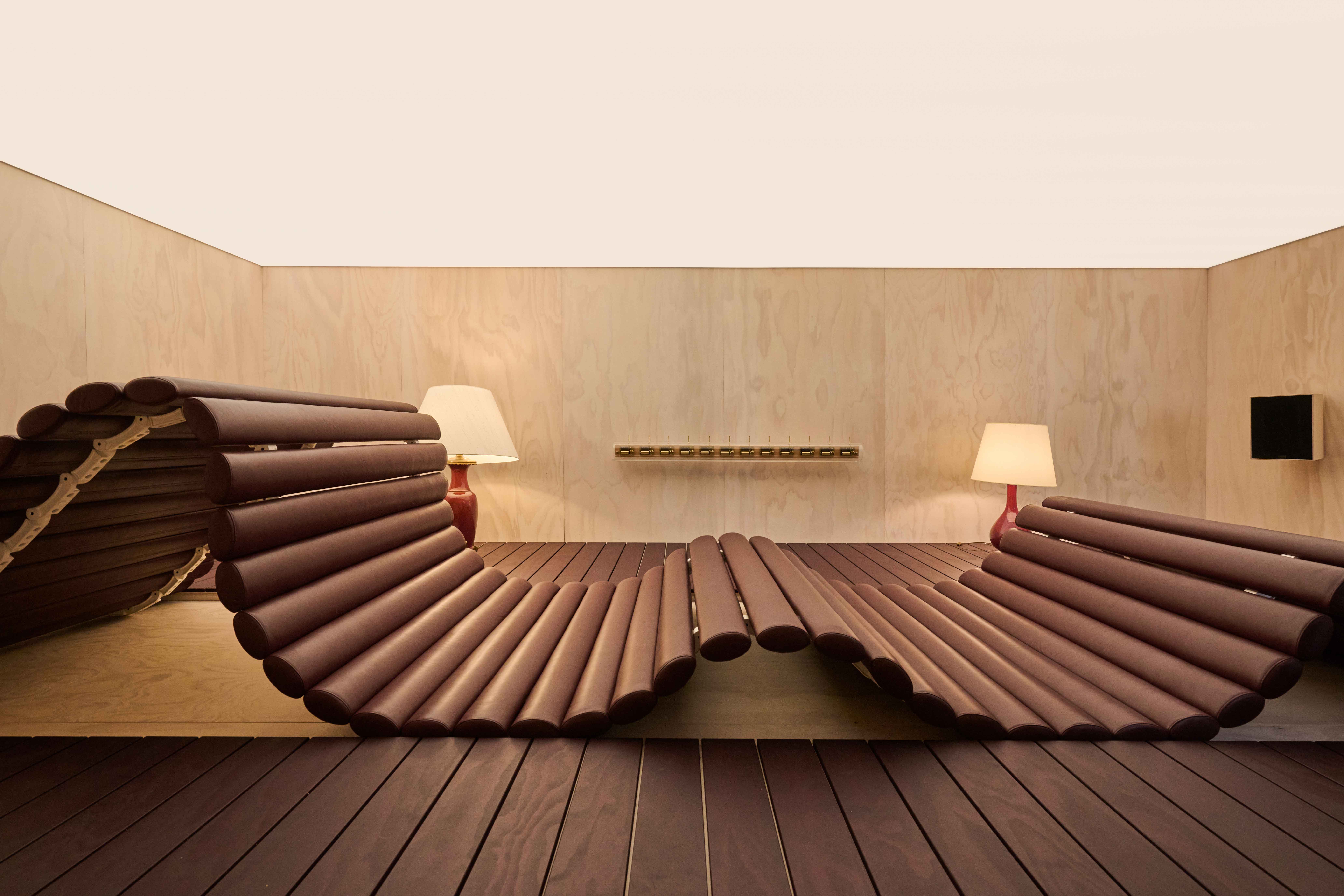 Best of Design Miami Paris 2025: animal sculptures and musical ping-pong tables
Best of Design Miami Paris 2025: animal sculptures and musical ping-pong tablesDesign Miami Paris returns to the Hôtel de Maisons (until 26 October 2025): here are the Wallpaper* highlights
-
 At Design Miami Paris, an artful menagerie tells a story of scent and nature
At Design Miami Paris, an artful menagerie tells a story of scent and natureVikram Goyal and Sissel Tolaas present ‘The Soul Garden’ at Design Miami Paris (until 26 October 2025), ‘a contemporary fable where the animals take new forms, reimagined for the world we live in today’
-
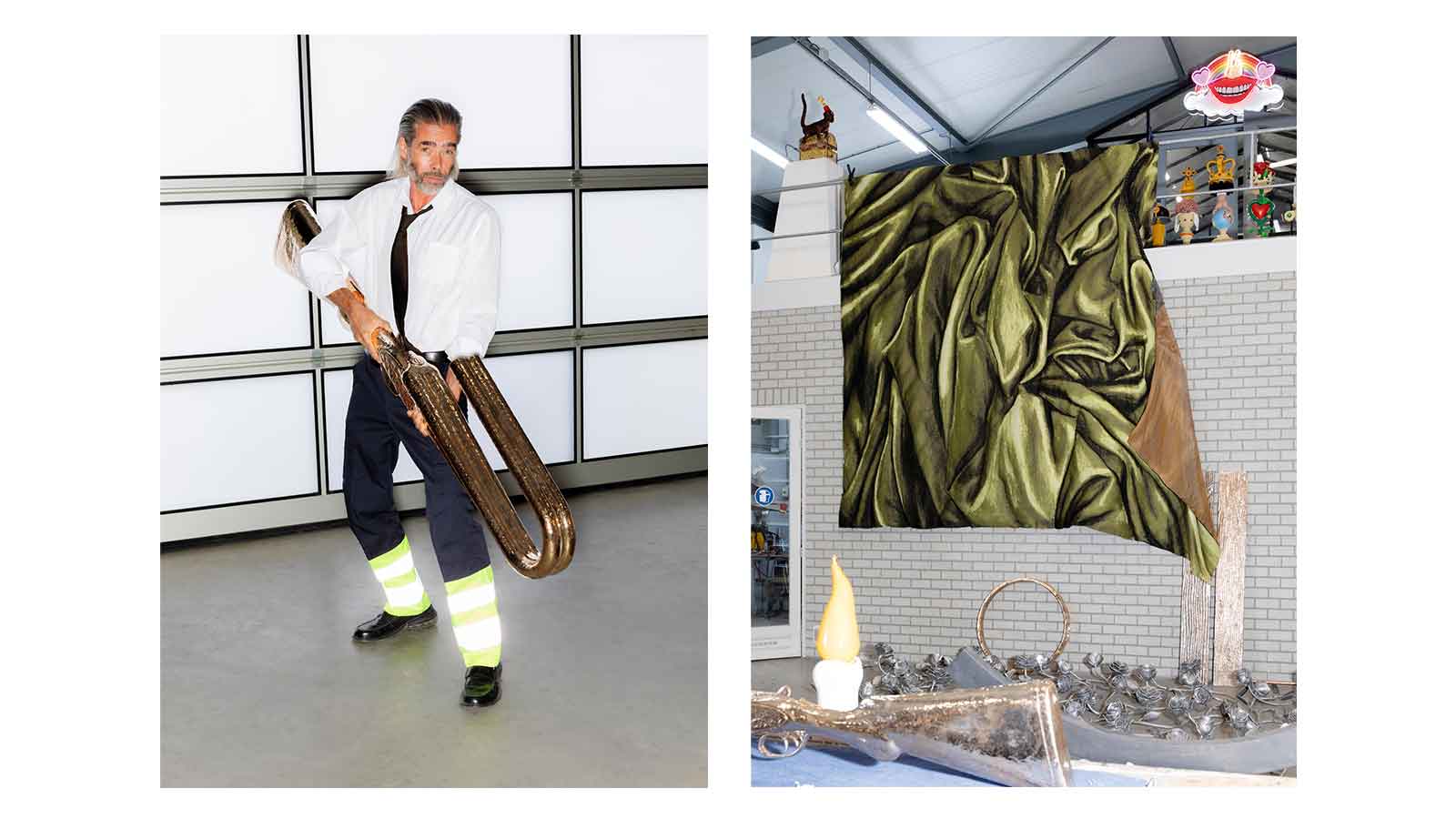 Studio Job’s House of Delft is the Netherlands’ biggest, craziest artwork
Studio Job’s House of Delft is the Netherlands’ biggest, craziest artworkDesigner Job Smeets of Studio Job invites us into his atelier to see work in progress for his surreal 2,000 sq m ode to the Dutch city of Delft